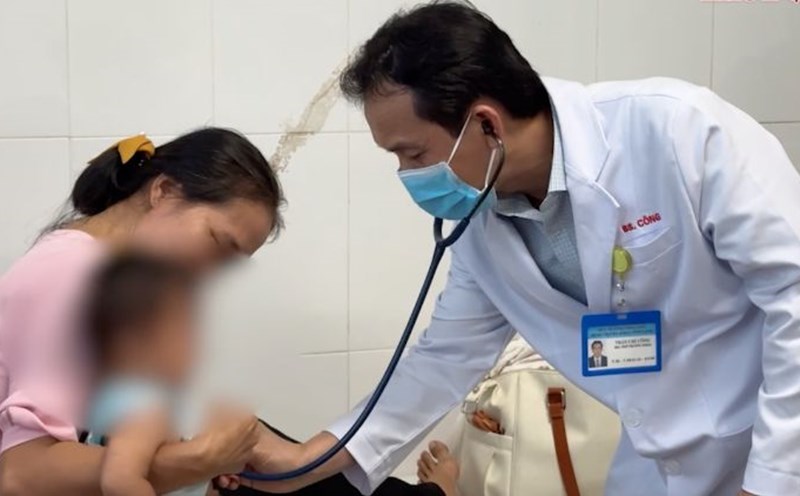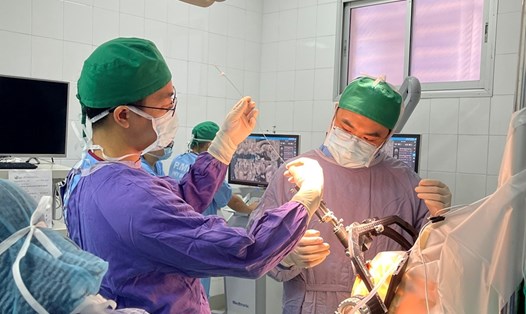Shaking is not simply a manifestation of Parkinson's disease
Trancing is an unsupported, rhythmic motor movement often associated with Parkinson's disease. However, according to Dr. Shirish hastak, Director of the Department of Neurology - Stroke and Neurotherapy at Gleneagles Hospital (India), there are many other causes that can lead to shaking hands, throbbing or voice shaking, including many benign and controllable causes.
Dr. hastak says that shaking can occur at rest, when moving or when maintaining a pose. In addition to Parkinson's shaking, some other common forms of shaking include:
Essential Tremor ( ET): easily confused with Parkinson's, but often gets worse during exercise and can affect the hands, head or voice.
Physical shrill: A mild, almost un noticeable form of shrill that often occurs when stressed, tired, due to caffeine intake or anxiety.
Shaking due to astigmatism: occurs in people with astigmatism - a condition that causes uncontrolled muscle spasms.
Tremors caused by other diseases: Thyroid disorders, liver, kidney disease or hypoglycemia can also cause shaking.
Distinguish Parkinson's from other types of seizures
According to Dr. Hastak, Parkinson's shaking often starts on one side of the body, getting worse at rest and improving at exercise. Parkinson's disease is also accompanied by symptoms such as muscle stiffness, lack of movement, and balance disorders, which are not common in other types of trembling.
How to diagnose
To determine the cause of the shaking, the patient needs to undergo a thorough neurological examination, combined with paraclinical methods such as MRI or CT scans, blood tests to assess thyroid, liver, kidney function and in some cases, dopamine imaging (DaTscan) to determine Parkinson.
Many effective treatment methods
Treatment will depend on the specific cause. For ischemic seizures, beta blockers or anti-concussion drugs are often prescribed. In addition, lifestyle changes, stress management and physical therapy also play an important role. In severe cases, deep brain stimulation (DBS) or surgery for damage may be considered.
Damaging surgery is to create a small, controlled lesion in the brain area involved, which is considered an effective, low-cost solution and brings almost immediate results to patients who cannot perform basic activities due to severe trembrance, Dr. hastak shared.
Although shaking is common, it should not be taken lightly. Early examination with a neurologist will help accurately diagnose the cause, thereby having appropriate treatment methods, reducing anxiety and significantly improving the quality of life for patients.









